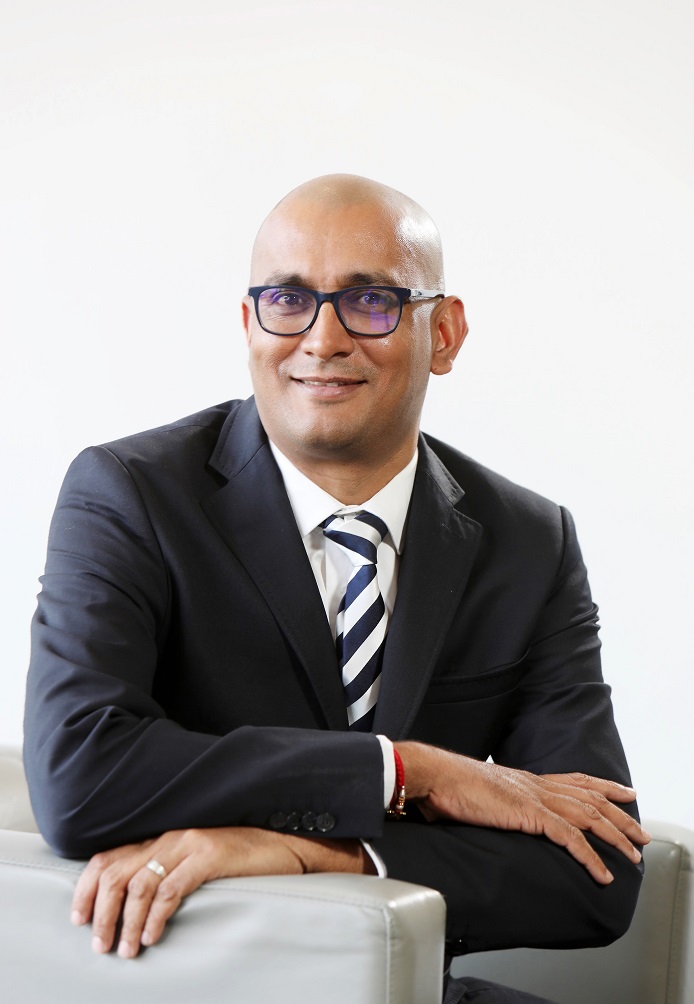
Rajesh Ramsundhar
Africa’s economic potential is undeniable, but to fully realise it, the continent faces a massive need for capital. With an annual financing gap of approximately US$100 billion for infrastructure and a climate finance shortfall of US$213.4 billion through 2030, this demand is vast and urgent. On top of this, achieving the UN Sustainable Development Goals by 2030 is estimated to cost Africa US$1.3 trillion annually equivalent to 42% of the continent’s GDP. What these figures make clear is that Africa needs capital to drive transformation, development, and ultimately, economic growth.
Yet, despite these challenges, Africa’s resilience stands out. Economic projections show that real GDP growth will rise to 3.7% in 2024 and 4.3% in 2025, continuing to outperform global averages. This resilience opens new opportunities for investors and highlights the region’s potential as a source of yield, especially as global investors seek assets in emerging markets.
While growth in Africa’s insurance markets—currently valued at US$87.4 billion in 2023 and expected to grow to US$153.9 billion by 2032, according to the IMARC Group — it creates pools of capital, these funds must be directed toward tangible investments. But how do we match the growing demand for capital with the need for assets that can absorb this investment?
The answer lies in the creation and availability of investable assets. Africa’s listed markets are relatively small, but as the continent develops, we expect to see more issuances from both corporates and governments, particularly in the debt markets. Additionally, as African governments look to privatise state-owned entities, the equities market will likely see large listings and corresponding growth. The growth in the listed market will not be sufficient to absorb both local and foreign capital. Africa has a significant portion of assets in the private/non-traditional markets, and there is significant scope and opportunity for both investor and owners of assets to unlock access to these markets.
Unlocking Assets Through Tokenisation
A key opportunity to bridge this gap lies in the adoption of Distributed Ledger Technology (DLT) and tokenisation. Tokenisation refers to the creation of digital tokens on a blockchain platform representing assets—whether financial (bonds, equities), tangible (real estate, commodities), or intangible (digital art, intellectual property). By digitising these assets, we can bring them to market, enabling liquidity and broadening access for both local and global investors.
Imagine the transformative potential of tokenised infrastructure investments in Africa—tradable, liquid assets that can drive development. Whether it’s property, infrastructure, or commodities, tokenisation allows these assets to be traded and settled more efficiently. Analysts predict that by 2030, between $4 trillion and $5 trillion worth of tokenised digital securities could be issued globally, underscoring the vast potential of this market.
The Need for Market Harmonisation
But it’s important to remember asset creation is only one side of the equation. For Africa’s capital markets to thrive, they need to be simple and efficient. Currently, many African markets, particularly outside of South Africa, are fragmented. They operate with disparate technologies, regulations, and frameworks, which make investing complex and costly. If we are to compete on the global stage, we need to harmonise our markets, aligning regulations and infrastructure to create a cohesive, unified system.
The question we must ask ourselves is: why do we each need to invest in separate technologies and infrastructures when we could share them? By consolidating infrastructure and adopting world-class systems, we can spread costs, create consistency, and ensure that African markets are globally competitive.
As Africa’s largest bank, Standard Bank is committed to driving this change. Whether it’s leveraging DLT to unlock private market assets or working towards common infrastructure that connects African markets, we have the expertise to support this transformation. The future of Africa’s capital markets lies in collaboration, harmonisation, and embracing new technologies that will enable us to realise our continent’s full potential.
The time is now for Africa to reimagine how we build our markets. We must work together, leverage our collective strengths, and seize the opportunities that lie ahead. Africa’s growth story is just beginning, and with the right strategies in place, we can ensure it reaches its full potential.
Rajesh Ramsundhar, Group Head: Investor Services, Transaction Banking, Corporate and Investment Banking Standard Bank. He writes in his personal capacity.

